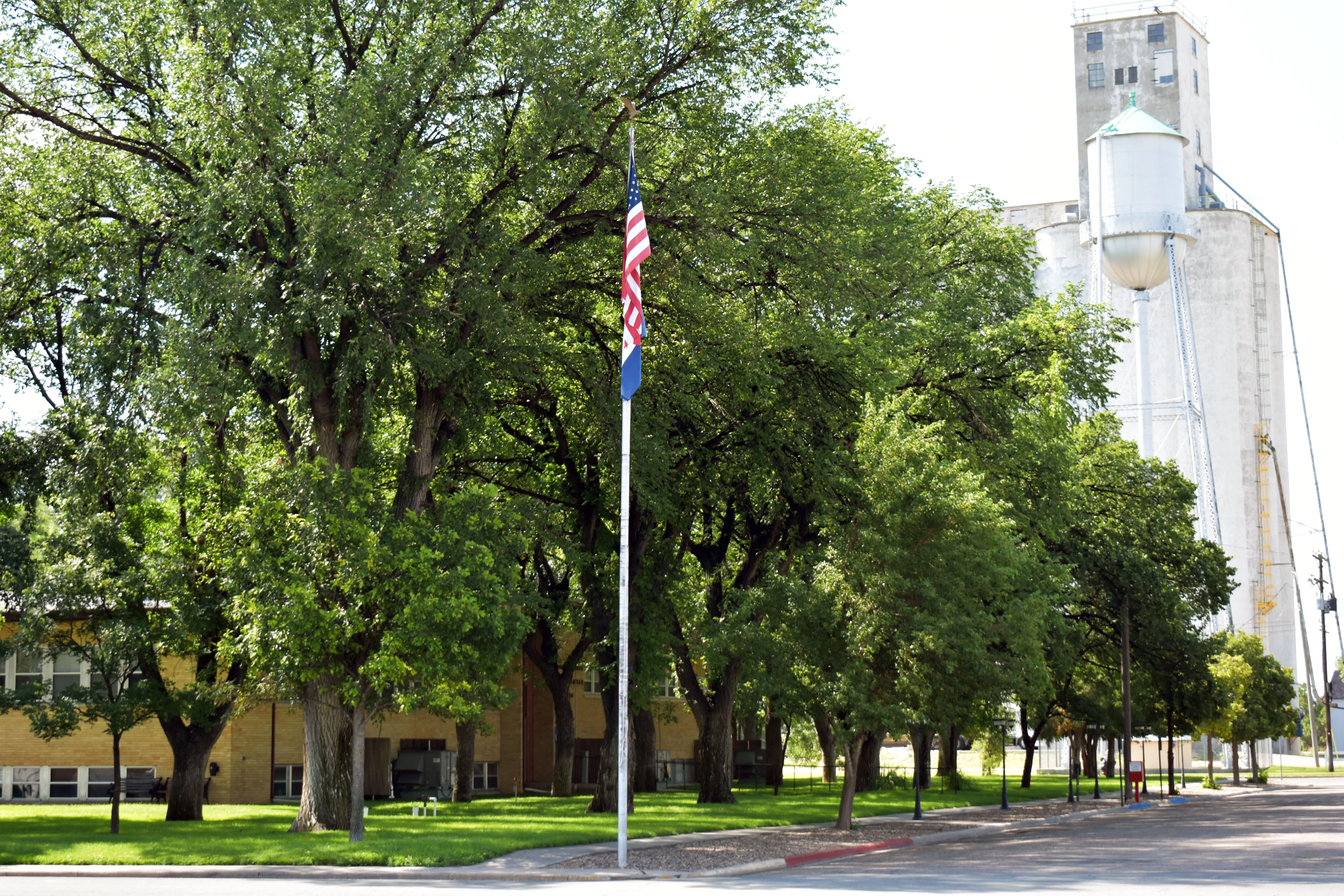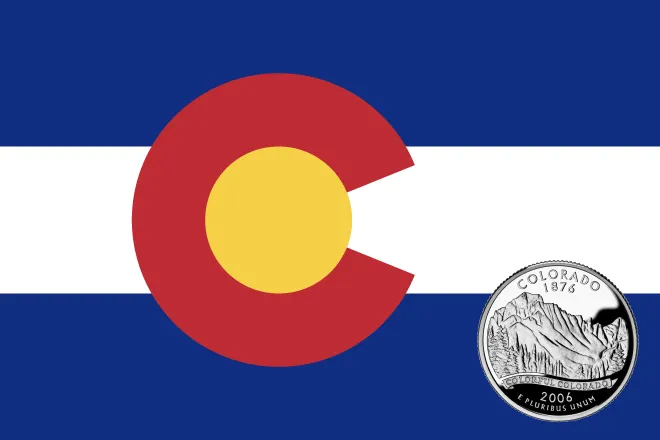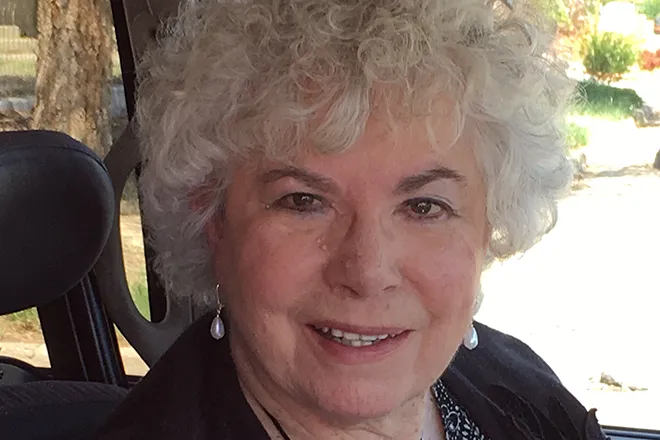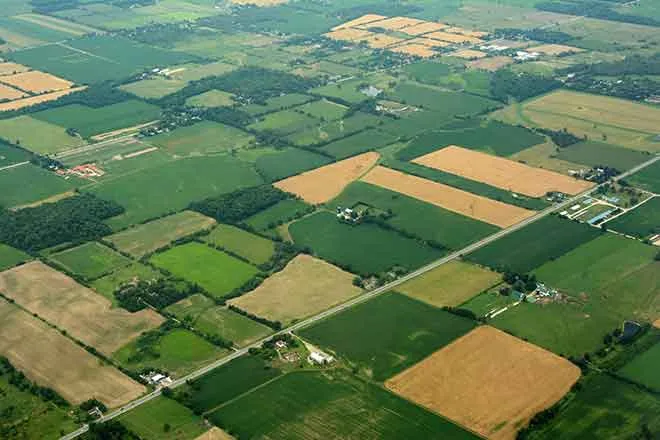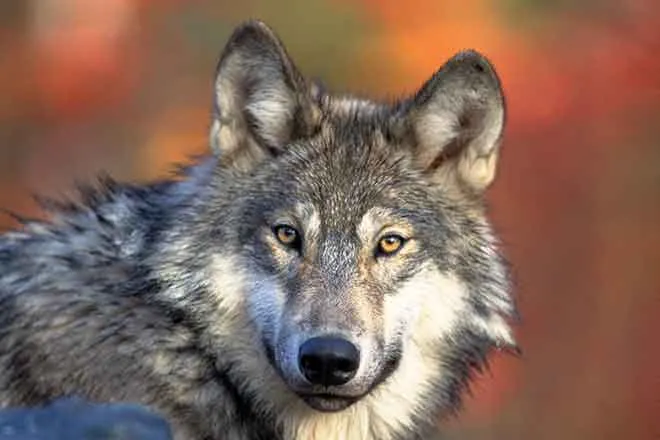
Linly Stum: Evidentiary - Part 3
More observations in nature
Another example of purpose in plants. For a number of years, we grew a variety of wheat called Akron and it had the unique trait. As the head matured it would turn upside down unlike most wheat varieties where the head stands erect. This is a big advantage because with most wheat varieties, it doesn't take much of a hailstorm to devastate wheat that is standing erect Even a tiny hailstones hitting those erect beards peels the kernels of wheat out of the head. This did not happen with Akron. Most corn plants do the same thing. As the ear of corn matures, it turns upside down and sheds water or even hail. This again to me is a demonstration of purpose.
Did you know that birds don't eat butterflies? They love miller moths and pluck them out of the air. But they won't touch a butterfly. Now I want you to pretend for a moment that you are the creator. You made this beautiful butterfly, but they don't fly very fast, they are very colorful, very visible and the birds you made are going to make them go extinct. So how do you keep the birds from killing all the butterflies? A number of years ago, some botanists did a study to find out why. They placed a well-fed bird in a cage and then did not feed it until it was more than slightly desperate for something to eat. Then they put a butterfly in the cage and the starving bird did eat the butterfly, but it made the bird violently ill. They discovered that the butterfly has a toxin, though a very tiny amount, which is one of the three deadliest toxins found in nature. This toxin is in the butterfly because during the larvae stage, the butterfly prefers to feed on a particular milkweed down in southern Mexico. This milkweed has two or three chemicals in it that, when combined, create this toxin. These chemicals have absolutely no purpose for milkweed. The plant simply creates them out of the soil. Here again, this toxin has no purpose for the milkweed but instead makes butterflies toxic to birds. The birds remember this lesson so well that they don't bother even the butterflies that don't feed on milkweed during the larvae stage. This seems like a rather complex methodology to keep birds from making the butterflies go extinct, but it has worked for thousands of years. Now does this take planning or not?
Trees
I did not know that trees have brains, but we have some blue spruce at our house that sure seem to. When we completed our house in 1974, we planted some three-foot blue spruce at the corners. A few years later, I thought some of them weren't looking too healthy. At about the same time the Forest Service was helping with what they called a living snow fence north of the highway at Sheridan Lake. I found the name of the Forest Service ranger who was helping with that project. I gave her a call and asked her if the next time she was at Sheridan Lake she would come look at our trees and tell me what might be wrong. And that she did. The doorbell rang and I answered. She never even said hello. She immediately said, "You've been spraying 2-4D, and you confused the tree." I answered that yes, we had been spraying a profusion of dandelions that came up in our newly sprigged-in lawn. I had read that you can spray the amine version of 2-4D up to the trunk of a tree without causing damage. At this point I asked her to explain what she meant by "confusing the tree," as if it had a brain. She explained that blue spruce is super sensitive to 2-4D and that it technically is a plant growth hormone. Because the trees were small, some branches were close enough to the ground that they picked up a tiny amount of the chemical. The confusion was that the tree no longer knew which was its very top growing point and it thought that several of the side branches were the top growing points. Those side branches were becoming heavy like the main trunk. She then said that the tree knows within a half-inch which little sprig at the very top is slightly higher in altitude than the ones around it. That sprig then becomes the continuation of the main trunk of the tree. Now explain to me how the tree knows within a half an inch which is the tallest! You talk about mind blowing! You can come see this tree today. It has more than five trunks because the confusion became permanent. I related this story to Dr. Quick who wasour plant breeder for many years at Colorado State University. He said that whether we like it or not, we are more related to a tree than we can imagine: What that tree does is in its genetic code in its cells. It is not a lot different than yours or mine. It tells the tree what to do the same as your genetic code decides the color of your eyes, the color of your hair and who you are.
Part 2 was published October 29, 2023, and can be found here.

